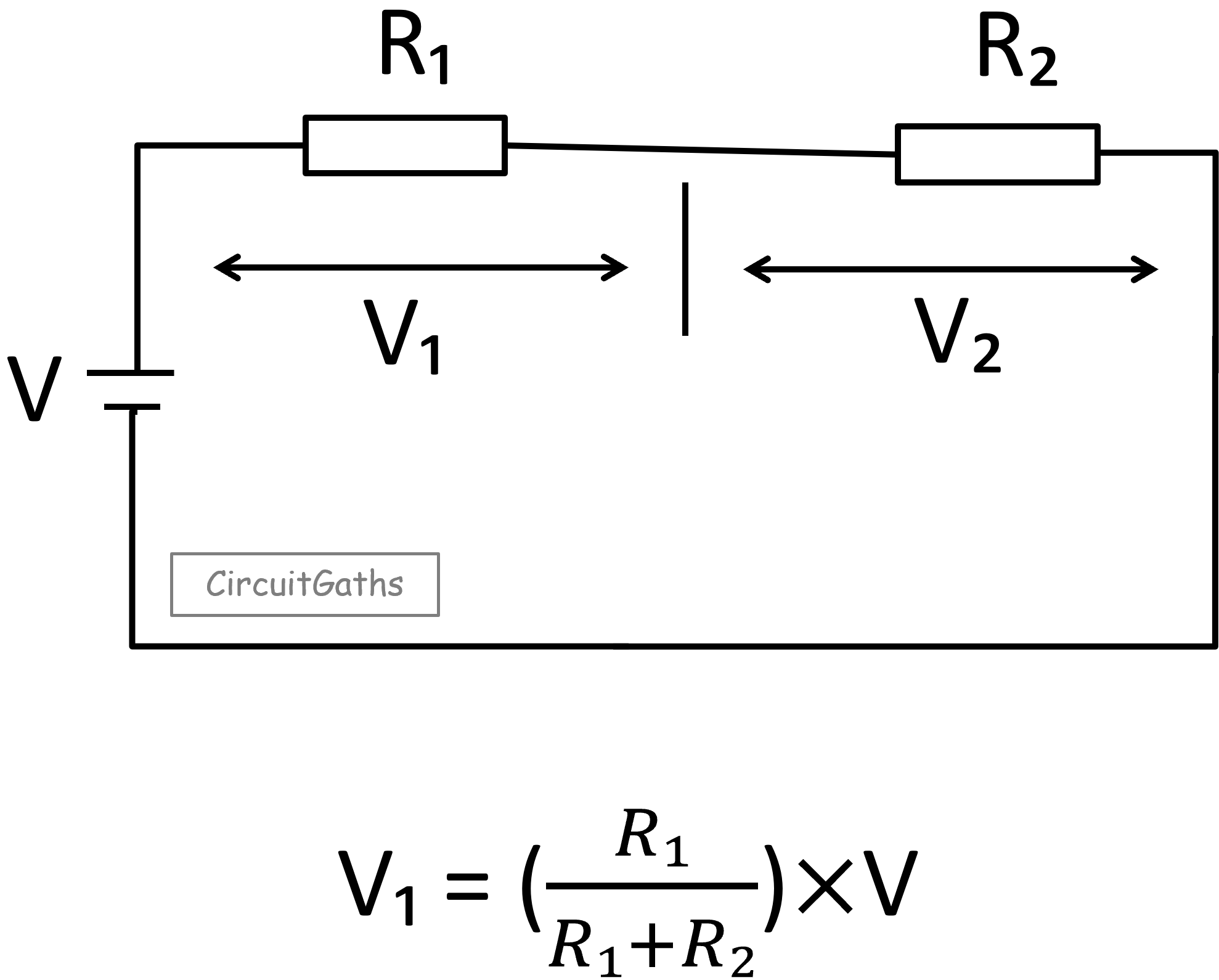The difference between series and parallel circuits.
What is a circuit?
A circuit is a path in which current follow when flowing. When connecting two or more components to a circuit, we eigther connect them in series or in parallel or a combination of both.
A Series circuit.
A series circuit is a circuit in which all components are connected in series.
In series connection electrical components are put in the same paths, they are connected one after the other as shown in the diagram below. Resistor R1 and R2 are in the same paths.

A Parallel circuit.
A Parallel circuit is a circuit in which all components are connected in parallel.
In parallel connection the circuit split into different paths feeding different components and then combine back after the component as shown in the diagram below. In the diagram below, the circuit split into two paths, the one with R1 and the other with R2.

The is another circuit called a Series-parallel circuit which consist of components connected in series and in parallel. In the diagram below resistor R1 is in series with the two resistors(R2 and R3), but resistors R2 and R3 are in parallel with each other.

Voltage, Current and Resistance in Series and Parallel circuits.
In a Series Circuit.
In a series circuit, current flowing through the circuit components is the same since current is following a single path in which all components are connected.
The total current flowing in a circuit is the same as current flowing through each component, so to find the total current flowing in a circuit or current flowing through each component we divide supply voltage by the total resistance of the circuit components.
Voltage across each component or voltage used to pass current through each component is different from the other unless if the components have the same resistance value, this is because in a series circuit voltage used to pass current through each component depends on the resistance of the component.
To find voltage drop across(voltage used to pass current through) each component, we multiply total current or current through that component by the resistance of that component and to find total voltage used in the circuit we add together all voltage drop across every component.
In a series circuit current flowing depends on the total value of resistance of the circuit, so to find the total resistance of a circuit, we add together the resistances of all components.
To find resistance of each component we divide voltage across that component with the circuit current.
Example 1
Find
a. The total resistance?
b. The current flowing through resistor R1?
c. The voltage across resistor R2?

In a Parallel Circuit.
In a parallel circuit, the current flowing through each component is different from the other unless if the components has the same resistance value. Since the components are in different paths, their resistances will determine the current through them.
To find current through each component, we divide the supply voltage with the resistance of that component. For total current in a circuit we add together current through every component.
In a parallel circuit, voltage through all the components is the same, this is because every component is directly connected to the supply voltage, they are receiving the same force of voltage.
The voltage across each component is equal to the supply voltage, so we can either find the supply voltage or voltage across each component by either multiplying total current by resistance of the circuit or by multiplying resistance of each component by current through it.
Since in parallel circuit, the resistance of a component determine the current flowing through it, to find total resistance of the circuit we use the resiprocal formula shown in the example below. To find resistance of each component we divide supply voltage by current through that component.
They is a special method of finding total resistance of two resistors in parallel which says: For any two resistors in parallel, their total resistance may be found by dividing their product by their sum.
An example of two resistors in parallel is covered in the following two examples.
Example 2
Find
a. The total resistance?
b. The current flowing through resistor R1?

NB - Note that in (a) total resistance(R) is made the subject of the formula inorder to find total resistance.
Series-parallel circuit.
A Series-parallel circuit combines the effect of a series and parallel circuit. When finding resistance, voltage and current in a series-parallel circuit, if possible you may need to reduce the circuit into simpler form as in the last example.
NB - Note that in the above diagram on Series-parallel circuit, the voltage across resistor R2 or R3 (which are in parallel with each other) is not equal to the supply voltage but it is equal to supply voltage minus the voltage across resistor R1.
Voltage and Current Division
Voltage Divider Rule
In a series circuit we noticed that the applied voltage is divided up into as many parts as there are resistors.
More voltage is used to pass current through a component with more resistance, so for a series circuit the voltage across any resistor can be found by multiplying the ratio of that resistor value to the total series resistance by the voltage or potential difference across the series arrangements as shown in the diagram below.

Current divider rule
In a parallel circuit, the current divides up into as many parts as there are resistors, so in a parallel circuit the current through any resistor can be found by the following formula.
The formula shown below is most applicable for two resistors, for more than two resistors they are additions to this formula you need to understand.

NB - Note that current and voltage division rules are important rules you need to understand used to find current and voltage through a component.
Example 3
Find
a. The total resistance?
b. The current flowing through resistor (i) R1 and (ii) R3?
c. The voltage across resistor R2?
